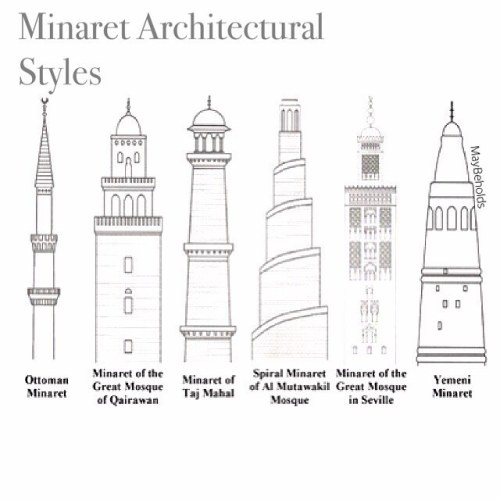Contents For this essay, I’d like to focus on mimicry the way Natasha Eaton describes it in her book described here. For her, to be copyist is “potentially to be a mimic who is able to subvert and dismantle.” When the mimic is able to subvert, that is when defiance and revolt can appear and weaken the colonizing party. Using the master’s tools to disrupt and dismantle the master’s unjust and expansive system. Even if she presents her work in 18-19th century British India, it is still similar in Egypt’s history of colonial authority. Orientalism is based upon Edward Said’s seminal work. It is both the obsession and exploitation of colonial culture and representation that happens even in post-colonial times. Pigeon-holing and typecasting are some of the ways in which colonial power structure can still resurface. This way, colonial attitudes still exist but through nuanced ways. Cosmopolitanism is, as described by Ashmouni in her work here: not the fact of multi-cultural coexistence, but the development of ways of living and thinking, styles of life which are deracinated from communities and cultures of origin, from conventional living, from family and home-centredness, and have developed into a culturally promiscuous life, drawing on diverse ideas, traditions and innovations. 45 Even in our globalizing times, we must ask how colonial power structures (such as orientalism) can erase histories of colonialism and resistance. That is why by positioning ourselves as critical to cosmopolitanism, we are able to understand influences of authorities that are erased because of cosmopolitanism. The Mamluk architecture features include richly carved stone entrances, two banding wall pattern, carved patterning on the actual domes. Ottoman Empire is typified by sharp and tall minarets, and domes that more obtuse and circular. The wall facing the Mecca (this direction is called the qibla) in a mosque. Courtyard for prayers, they are usually big in area to accommodate people Tall slender towers, mostly one but as we’ve seen could be multiple. Used to call out prayers by the Mosque. Domes are defining features in Mosque architecture. Here are visual example of the different types of domes found in different mosques. They are usually creates an area with the highest point in the mosque (besides the minaret). The interior space of the Muhammad ALi Mosque domes are created to allude the heavenly skies and has intricate patterns.theoretical vocab
mimicry
orientalism
cosmopolitanism
architectural

mihrab & qibla
sahn
minaret
domes or qubba

general islamic architectural features
